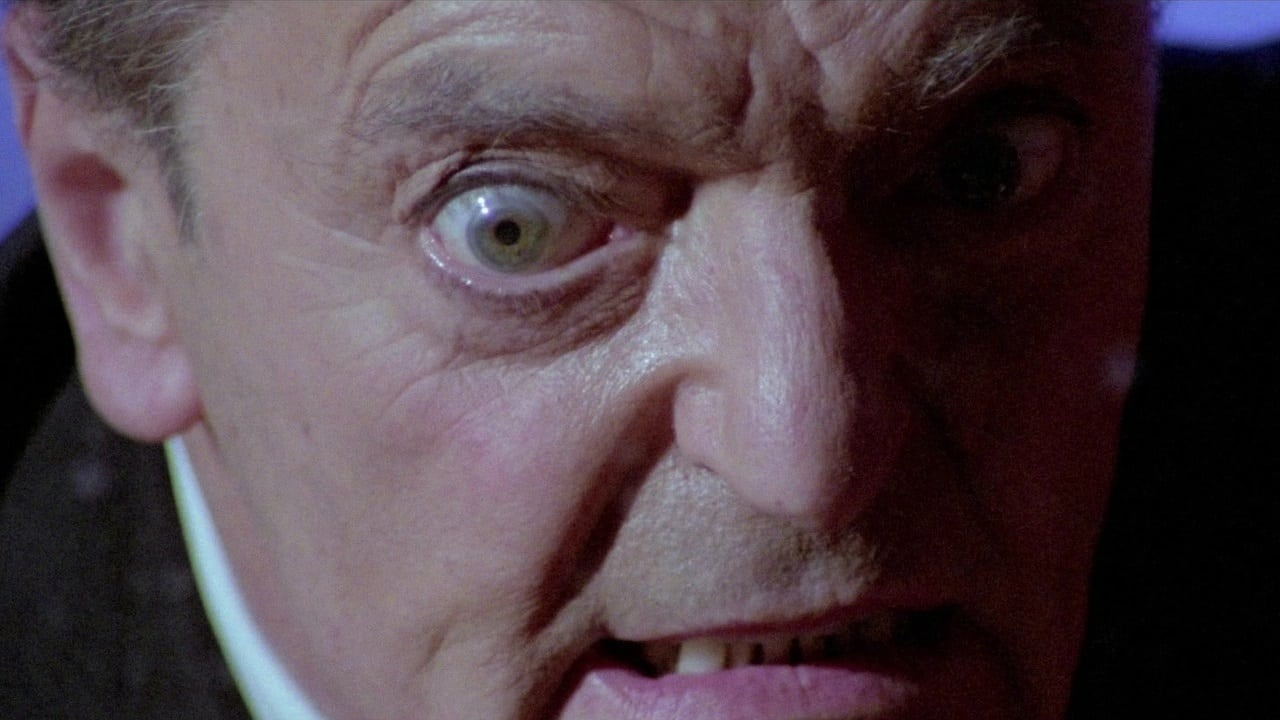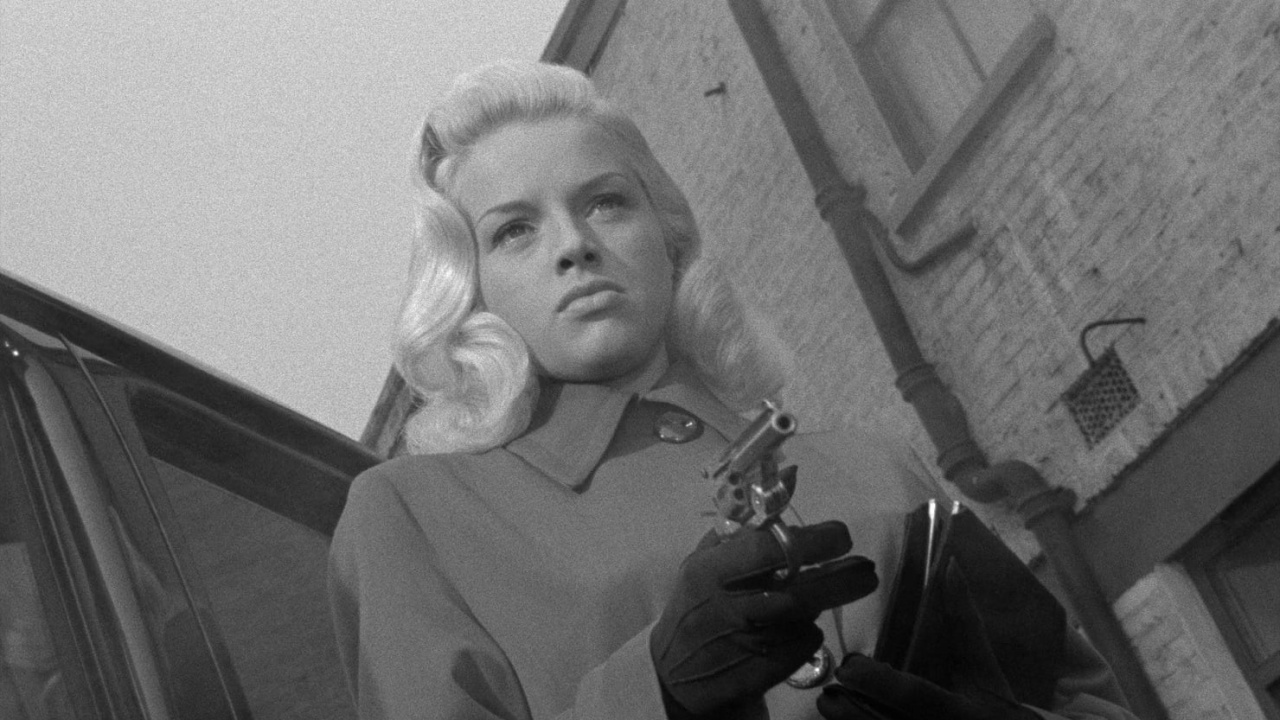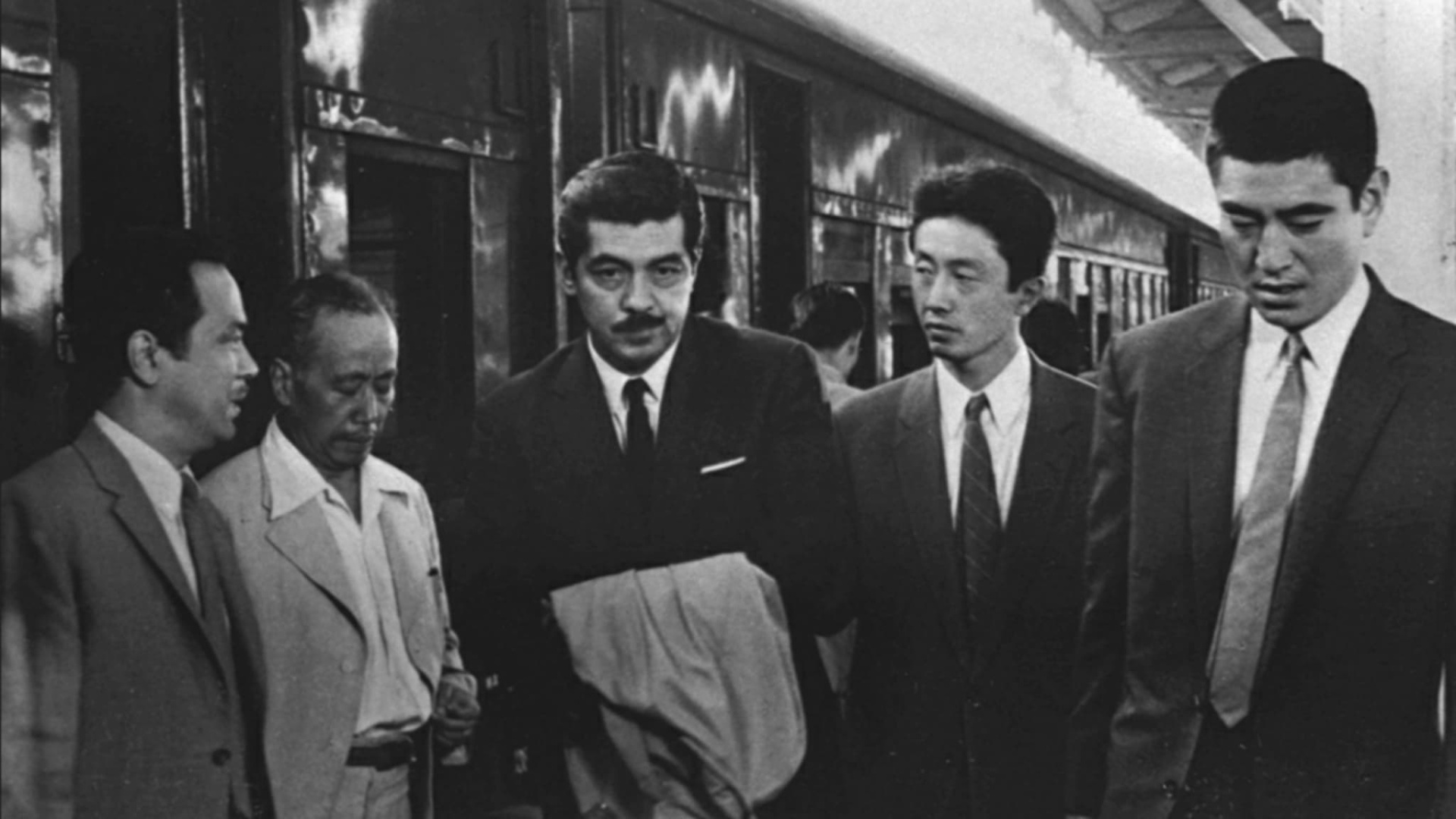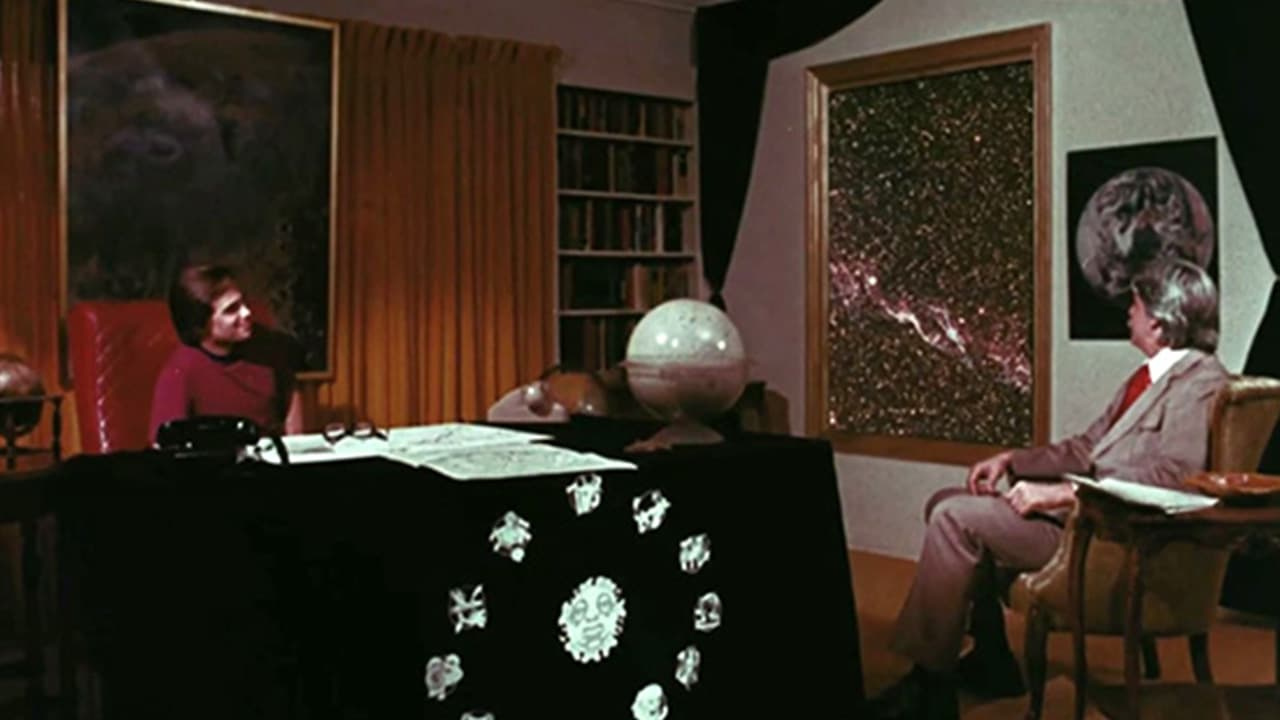Aaron Yap’s top 20 film discoveries of 2024
An annual tradition, 20 rare gems and forgotten movies discovered this year.

An annual tradition, critic Aaron Yap presents the 20 rarest of rare gems and forgotten movies he’s discovered this year – from across the dusty vaults and the decades.

Time of the Heathen (1961)
Hands down one of the year’s most exciting cinematic unearthings, restored in 4K by UCLA Film & Television Archive and Lightbox Film Center, Peter Kass’s sole feature distils the era’s political zeitgeist—war, religion, racism—into a stark, post-A-bomb rural avant psych-out.

Shanks (1974)
Shock-meister William Castle’s little-seen final film finally getting its due, thanks to Cinématographe Films. A truly strange silent-film-style fairytale of macabre whimsy, with French pantomime master Marcel Marceau in dual roles and puppeteering human marionettes.

Monolith (2022)
Tight, low-budget single-location thriller weaves the conspiratorial and the cosmic with minimal means, constructing an absorbing paranoid mystery out of podcasting and black bricks. Evil Dead Rise’s Lily Sullivan holds everything together with a gripping, committed performance.

The Sinister Dr. Orloff (1984)
Jess Franco has recycled this narrative many times before, but this might be my new favourite iteration of the Orloff character. The ’80s Alicante coastal atmosphere, the sci-fi-slasher synth score, the trance-like pacing—it’s an absolute zone of a movie.

Joyride (1977)
Three best friends from California (Desi Arnaz Jr., Robert Carradine, Melanie Griffith) chase salmon-fishing dreams in Alaska but wind down a path of crime and misadventure. As bleak as the ’70s can do it. The dog food scene is unforgettable. Another great Cinématographe find.

The Third Part of the Night (1971)
For those who’ve exhausted rewatches of Possession, Andrzej Żuławski’s harrowing debut feature is your next logical place to visit: a feverish Kafka-esque nightmare set in wartime Poland where lice feeding plays a central role in the plot.

The Broken Mirror (1975)
Mondo Macabro deep cut, my introduction to French filmmaker Claude d’Anna. Eerie, sublimely hypnotic, House of Psychotic Women mind-fuck, overflowing with striking set design and imagery.

Yield to the Night (1956)
J. Lee Thompson directs the hell out of this anti-capital punishment Brit-noir, which showcases a devastating Diana Dors as an inmate on her last days before execution. Delicate subject handled with nuance and intelligence that’s ahead of its time. Last shot utterly floored me.

Indian Summer (1972)
Brooding melodrama of a down-and-out substitute teacher falling for his student. Exquisite, gloomy melancholy. Everything that embodies Alain Delon’s screen magnetism can be found in that one scene in a nightclub where he casually delivers one of the best examples of eye-acting I’ve ever seen in a film.

The Disappearance (1977)
Another post-death discovery. Icy existential neo-noir obscurity starring Donald Sutherland as a professional killer searching for his missing wife in Montreal. Gorgeously lensed by the legendary John Alcott. In the key of Point Blank.

Bushman (1971)
David Schickele’s restored-from-oblivion docu-fiction wonder follows Paul Eyam Nzie Okpokam in sixties counterculture San Francisco after he flees his Civil War-torn country of Nigeria. Features one mind-blower of an ending. Fitting double feature with Time of the Heathen.

Variety (1983)
Stalking, sexual awakening, obsession. Bette Gordon’s subversive neo-noir indie shot through gaze of feminist lens. An essential time capsule of Times Square, it’s as squalid as any early Abel Ferrara joint.

Alison’s Birthday (1981)
Low-key folk-horror banger from Australia. A highlight from Severin Film’s All the Haunts Be Ours box-set. Rosemary’s Baby-esque occult shenanigans in ’80s New South Wales suburbs. Druids, seances, sinister relatives—all that good stuff.

A Fugitive from the Past (1965)
Three-hour black-and-white crime procedural in the High and Low mold, meticulously tracking a case spanning decades in post-war Japan. Sweeping novelistic sprawl, captivating from start to finish.

The Astrologer (1976)
Craig Denney’s visionary outsider masterwork is as transcendently out-there as you can imagine. Candidate for the most “movie” you can squeeze into 77 minutes. Unfortunately currently in distribution limbo but watchable on YouTube.

Suzhou River (2000)
Enigmatic Shanghai-set melodrama, partially shot in the style of Dark Passage’s first-person camera, bathed in intoxicating Wong Kar-wai vibes, and slathered with the doomed doppelgänger romanticism of Vertigo.

Mother’s Boys (1993)
Historically, a film that has always looked so generic on the shelves like hundreds of erotic thrillers that I never bothered to pick it up, but turns out it’s actually crazier than expected, with an all-timer Jamie Lee Curtis psycho role. Shout out to Kim’s Video’s Alex Ross Perry for this recommendation.

Hollywood 90028 (1973)
Christine Hornisher’s excavation of LA’s grimy ’70s adult film world starts out as a serial killer exploitation pic, but morphs into something dreamier and uncategorisable. A snapshot of a bygone era that’s haunted by the spectre of its lost dreamers.

Tough Guys Don’t Dance (1987)
Yeah that often-memed out-of-context scene of Ryan O’Neal’s “Oh man, oh man!” line reading is pretty funny, but it’s the tip of an iceberg. The whole movie is a delightfully overwrought hardboiled face-melter. Difficult to tell what’s parodic, straight, sincere, or just Norman Mailer’s own bizarre wavelength, but I wouldn’t change a frame.













































